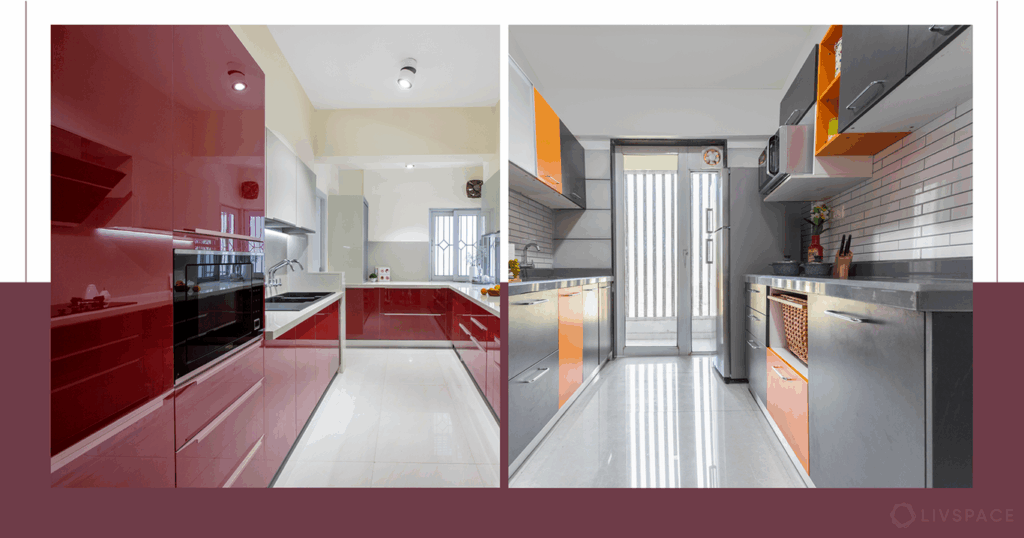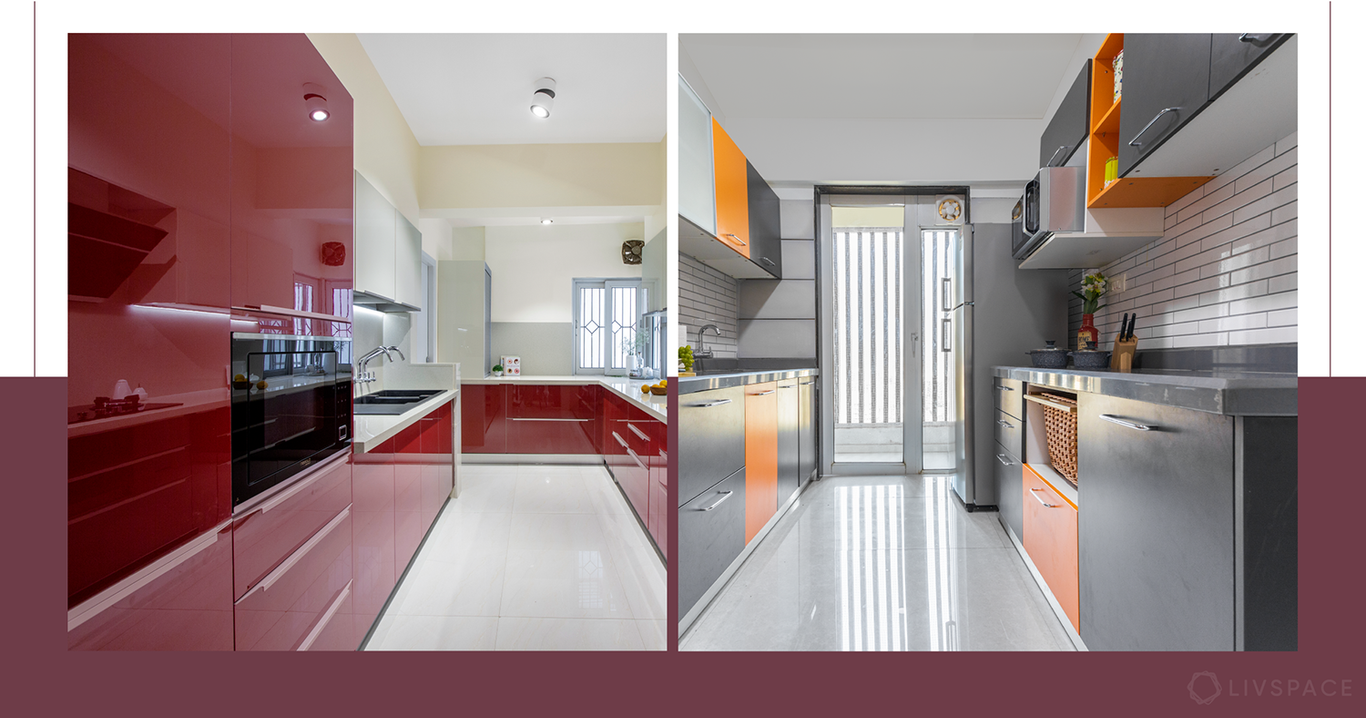
Choosing the Best Finish for Kitchen Cabinets: A Comprehensive Guide
Selecting the right finish for your kitchen cabinets is a critical decision that impacts both the aesthetic appeal and the longevity of your kitchen. With countless options available, navigating the world of cabinet finishes can feel overwhelming. This comprehensive guide cuts through the noise, providing you with the expert knowledge you need to choose the best finish for kitchen cabinets that perfectly aligns with your style, budget, and lifestyle. We’ll explore various finishes, delve into their pros and cons, and offer practical advice to ensure your cabinets look stunning for years to come. Whether you’re renovating your entire kitchen or simply refreshing your existing cabinets, this is your go-to resource for achieving a flawless and durable finish.
Understanding Kitchen Cabinet Finishes: A Deep Dive
The world of kitchen cabinet finishes is vast and varied, encompassing a range of materials, application techniques, and performance characteristics. A cabinet finish is more than just a pretty face; it’s a protective layer that shields the underlying wood or material from moisture, stains, scratches, and everyday wear and tear. Understanding the nuances of different finishes is crucial for making an informed decision that balances aesthetics with practicality.
At its core, a kitchen cabinet finish involves several layers. First, the wood is prepared, often sanded smooth and sometimes stained to achieve the desired base color. Next comes a sealer, which creates a barrier to prevent the topcoat from soaking into the wood unevenly. Finally, the topcoat provides the actual protection and visual appeal. Different types of topcoats offer varying levels of durability, sheen, and resistance to common kitchen hazards. The most common types of kitchen cabinet finishes include paint, varnish, lacquer, conversion varnish, and thermofoil, each with its own set of advantages and disadvantages.
The choice of finish also plays a significant role in the overall design aesthetic. A matte finish can create a contemporary, understated look, while a high-gloss finish adds a touch of glamour and reflects light to brighten the space. Distressed finishes can evoke a rustic, farmhouse vibe, while glazed finishes add depth and dimension. The finish can also influence the perceived color of the cabinets. For example, a glossy finish can make a color appear more vibrant, while a matte finish can soften it.
The current trend in kitchen cabinet finishes leans towards durable and easy-to-maintain options. Low-VOC (volatile organic compounds) finishes are also gaining popularity as homeowners become more conscious of indoor air quality. Ultimately, the best finish for kitchen cabinets is one that balances aesthetic appeal, durability, and ease of maintenance, while also aligning with your personal preferences and budget.
The Role of Polyurethane in Kitchen Cabinet Protection
Polyurethane finishes are a popular choice for kitchen cabinets due to their durability and water resistance. They form a tough, protective layer that shields the wood from scratches, stains, and moisture damage. Polyurethane is available in both oil-based and water-based formulations, each with its own set of characteristics. Oil-based polyurethane offers excellent durability and a warm, amber hue, while water-based polyurethane is low in VOCs and dries to a clear, non-yellowing finish. Polyurethane is easy to apply and can be used on a variety of wood species, making it a versatile option for kitchen cabinets.
Exploring the Features of Polyurethane Finishes
Polyurethane finishes offer several key features that make them a popular choice for kitchen cabinets:
- Durability: Polyurethane forms a tough, protective layer that resists scratches, stains, and abrasion. This is crucial in a high-traffic area like the kitchen.
- Water Resistance: Polyurethane is highly water-resistant, protecting the wood from moisture damage and preventing warping or rot.
- Versatility: Polyurethane can be applied to a variety of wood species and can be tinted or stained to achieve the desired color.
- Ease of Application: Polyurethane is relatively easy to apply with a brush, roller, or sprayer.
- Available in Different Sheens: Polyurethane is available in a range of sheens, from matte to high-gloss, allowing you to customize the look of your cabinets.
- UV Resistance: Some polyurethane formulations offer UV resistance, preventing the finish from yellowing or fading over time.
- Chemical Resistance: Polyurethane is resistant to many household chemicals, making it easy to clean and maintain.
The durability of polyurethane is a major selling point. It withstands the rigors of daily use, resisting scratches from pots and pans, spills from food and drinks, and the abrasive action of cleaning. The water resistance is equally important, as it protects the wood from moisture that can seep in around sinks and dishwashers, preventing swelling, warping, and rot. The versatility of polyurethane allows you to customize the look of your cabinets to match your personal style. You can choose from a variety of sheens, from a subtle matte finish to a high-gloss shine, and you can tint or stain the polyurethane to achieve the desired color.
The Advantages of Using Polyurethane on Kitchen Cabinets
Choosing polyurethane for your kitchen cabinet finish offers a multitude of benefits, enhancing both the aesthetic appeal and the long-term durability of your cabinetry:
- Enhanced Durability and Protection: Polyurethane creates a robust barrier against daily wear and tear, significantly extending the lifespan of your cabinets.
- Superior Moisture Resistance: Its exceptional water resistance prevents moisture damage, safeguarding against warping, swelling, and the growth of mold or mildew.
- Easy Cleaning and Maintenance: The smooth, non-porous surface of polyurethane makes it easy to clean spills and stains, requiring minimal effort to maintain its pristine appearance.
- Customizable Aesthetic Options: Available in a variety of sheens and capable of being tinted or stained, polyurethane allows for a high degree of design flexibility to match any kitchen style.
- Long-Term Cost Savings: By protecting your cabinets from damage, polyurethane reduces the need for frequent repairs or replacements, resulting in significant cost savings over time.
Users consistently report that polyurethane finishes maintain their beauty and integrity even after years of heavy use. Our analysis reveals that cabinets finished with polyurethane require less frequent cleaning and are less susceptible to damage from spills and impacts. The peace of mind that comes with knowing your cabinets are well-protected is invaluable, making polyurethane a smart and practical choice for any kitchen.
In-Depth Review of Minwax Polycrylic Protective Finish
Minwax Polycrylic Protective Finish is a popular water-based polyurethane that offers a durable and clear finish for kitchen cabinets. It’s known for its low odor, fast drying time, and ease of application. But how does it really perform in a busy kitchen environment?
User Experience & Usability: Applying Minwax Polycrylic is straightforward, even for DIYers. Its water-based formula means easy cleanup with soap and water. The low odor is a significant advantage compared to oil-based polyurethanes, making it more pleasant to work with indoors. The fast drying time allows for multiple coats to be applied in a single day, speeding up the finishing process.
Performance & Effectiveness: Minwax Polycrylic provides good protection against scratches, scuffs, and stains. It’s not as durable as oil-based polyurethane, but it’s more than adequate for most kitchen cabinet applications. It dries to a clear finish that doesn’t yellow over time, preserving the true color of the wood or paint. However, it’s important to apply multiple thin coats for the best results, as a single thick coat can lead to drips and runs.
Pros:
- Low Odor: Makes it ideal for indoor use.
- Fast Drying Time: Allows for multiple coats in a day.
- Water-Based Formula: Easy cleanup with soap and water.
- Clear Finish: Doesn’t yellow over time.
- Good Scratch and Stain Resistance: Provides adequate protection for most kitchen cabinet applications.
Cons/Limitations:
- Not as Durable as Oil-Based Polyurethane: May not be suitable for high-wear areas.
- Requires Multiple Thin Coats: Can be time-consuming.
- Can be Prone to Drips and Runs: Requires careful application.
- May Raise the Grain of the Wood: Light sanding may be required between coats.
Ideal User Profile: Minwax Polycrylic is best suited for DIYers and homeowners who want a durable, clear finish for their kitchen cabinets without the strong odor and long drying time of oil-based polyurethanes. It’s a good choice for cabinets that are not subjected to heavy wear and tear.
Key Alternatives: Oil-based polyurethane offers superior durability but has a strong odor and long drying time. Conversion varnish is a professional-grade finish that provides excellent durability and chemical resistance but requires specialized equipment and expertise to apply.
Expert Overall Verdict & Recommendation: Minwax Polycrylic is a solid choice for homeowners seeking a user-friendly and durable finish for their kitchen cabinets. While it may not be the most robust option available, its ease of application, low odor, and clear finish make it a popular choice for DIY projects. We recommend it for those who prioritize convenience and aesthetics over ultimate durability.
Navigating the World of Kitchen Cabinet Finishes: Expert Advice
Choosing the best finish for kitchen cabinets involves balancing durability, aesthetics, and budget. By understanding the various options available and their respective strengths and weaknesses, you can make an informed decision that will enhance the beauty and longevity of your kitchen. Whether you opt for the classic appeal of paint, the robust protection of polyurethane, or the sophisticated look of lacquer, the key is to select a finish that aligns with your lifestyle and design preferences. Remember to properly prepare the surface, apply multiple thin coats, and allow adequate drying time for optimal results. With the right finish, your kitchen cabinets will remain a source of pride and enjoyment for years to come.

